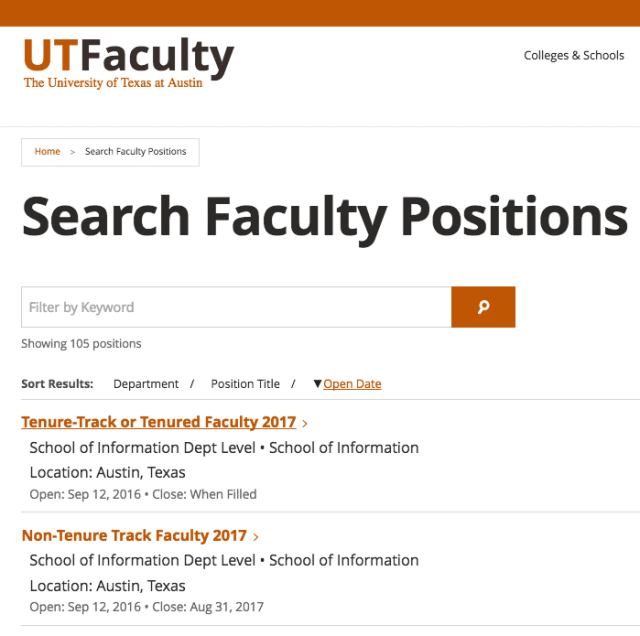This is one post in a series on contemporary strategies for increasing faculty diversity and inclusive excellence in higher education. For a fuller picture, take a look at our free best practices checklist.
How can academic leaders help faculty across the institution develop professional networks that will improve diversity and inclusion in future searches?
One of the biggest mistakes higher education institutions make, in their efforts to recruit faculty from underrepresented groups, is focusing primarily on activities of search committees filling open positions. To achieve the best results, colleges and universities need to approach inclusive excellence the way other large organizations do: sustaining institution-wide, ongoing efforts to network with talent from underrepresented groups to put the institution in a strong position to attract a strong and diverse pool of candidates when searches open up.
Most faculty members want to support diversity efforts—and will do so more effectively if the institution helps them keep the issue visible and urgent, and provides guidance on which efforts would have the highest impact for their department. One way to advance these goals is holding annual departmental debrief sessions in which all faculty hear an update on the institution’s and their department’s recruiting efforts.
Across the department’s recent searches, where is the greatest drop-off in diversity occurring—initial applicant pool composition, likelihood of accepting an offer, or some other point in the process? Where should faculty focus their ongoing networking efforts to build connections that could lead to talented applicants from underrepresented groups in future searches? Which graduate programs have produced strong candidates from underrepresented groups that applied to recent searches? Where did those candidates first learn of the position?
Focusing on questions like these helps faculty orient their efforts around those activities most likely to positively influence diversity, representation, and inclusive excellence at their institution.
How does your institution compare?
To see how your school’s current practices lines up with contemporary leading strategies for advancing faculty diversity and inclusive excellence, take a look at our free best practices checklist.









